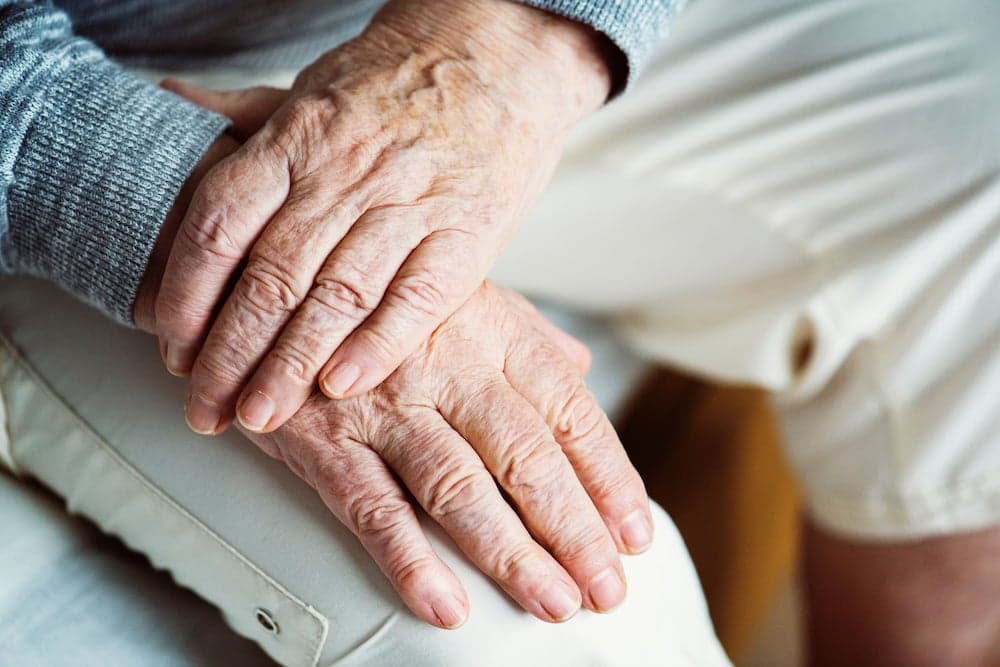Like other areas of the body, the brain needs oxygen to survive and carry out its many important functions. Blood brings oxygen to the brain and other organs, and when this flow to the brain is interrupted or reduced, it’s called a stroke.
Strokes are a serious event that can be life-threatening, and they require immediate medical attention. Prompt treatments can often minimize brain damage and other complications, and the right preventive habits can lower your risk of having a stroke—the rate of deaths from stroke is much lower now than it was even 15 years ago. Here is some basic information you need to know about strokes.
Types, Causes and Risk Factors
Strokes are characterized by the event that caused a loss or reduction of blood to the brain. These include:
- Ischemic stroke: Ischemic strokes are the most common type of stroke, making up over 85 percent of all cases. An ischemic stroke occurs when arteries bringing blood to the brain narrow or become blocked, which reduces blood flow and causes a stroke. The two most common kinds of ischemic stroke are thrombotic stroke (when a blood clot forms in an artery that supplies blood to the brain) and embolic stroke (when a clot forms elsewhere in the blood stream, then detaches and eventually lodges in a brain artery).
- Hemorrhagic stroke: Hemorrhagic strokes occur when a blood vessel inside the brain leaks or breaks. It can be caused by high blood pressure, weak spots in blood vessels or overtreatment with anticoagulant medications. In some rarer cases, this is caused by a birth defect. Hemorrhagic strokes can occur either inside the brain (called an intracerebral hemorrhage) or near the surface of the brain (called a subarachnoid hemorrhage).
- Transient ischemic attack: Abbreviated TIA, this is also called a “ministroke.” It’s a brief period of symptoms similar to a stroke, though it’s different in some ways. A TIA puts you at higher risk for a full-blown stroke, and it’s often very difficult to tell the difference between a TIA and a standard stroke. In roughly half of TIA cases where symptoms go away, brain damage has actually occurred.
- Cryptogenic stroke: This is a term for strokes where the exact cause remains unknown.
- Lifestyle: Things like weight, exercise and drug or alcohol usage can have a major effect on stroke risk.
- Medical: Various medical conditions put you at higher risk of stroke, including high blood pressure (120/80 or higher), high cholesterol, diabetes, sleep apnea and cardiovascular disease.
- Age: People aged 55 or older are at higher risk.
- Gender: Men have a higher risk for stroke than women, though women are more likely to die from a stroke—likely because they’re older on average when they have them.
- History: A personal or family history of stroke will also increase your risk.
- Race: African-American people are at a higher risk.
Symptoms
Symptoms of stroke can include:
- Paralysis: Most often in the face, arms or legs, this numbness and inability to move will occur suddenly and often on one side of the body or the other. If you notice someone with a drooping face or the inability to move on one side, they could be experiencing a stroke.
- Vision problems: Sudden double vision or blurred vision may take place.
- Difficulty speaking: Speaking may become more difficult in people who are experiencing a stroke, and can be accompanied by confusion and difficulty understanding other people speak.
- Headache: Often sudden and severe, and can come with vomiting or dizziness.
- Coordination: Issues with walking and balance may take place.
When a stroke is taking place, other people nearby are very important for an immediate response. If you think you see the symptoms of a stroke in someone, first note when their signs began—this can impact their treatment down the line. From here, the “FAST” technique is effective:
- Face: Does their face droop when they try to smile or make other facial expressions?
- Arms: Ask the person to try and raise both arms in the air. If one arm is incapable, it could signal a stroke.
- Speech: Can they speak without slurring or making noticeable errors? If not, a stroke could be present.
- Time: Speed is absolutely vital with stroke treatment, so if you see any of these signs, call 911 right away.
Possible Complications
A stroke can lead to several possible complications:
- Memory loss: People who have had strokes may struggle with memory or other thinking and reasoning issues.
- Emotional issues: Depression may develop in some stroke patients, and it can be tougher to control emotion.
- Paralysis: Full paralysis in sections of the body, or loss of certain muscle movements, can happen after a stroke. In some cases, physical therapy can help return certain functions.
- Speech or swallowing issues: A stroke can lead to less control over the throat and mouth muscles, causing issues with everything from speech to reading and writing. Speech therapy can have a positive effect in some cases.
- Pain issues: Pain, numbness or other unusual feelings in the body are common after strokes.
- Behavior and self-care: People who have had strokes may need much more help with daily activities, and could become less social or undergo other behavioral changes.
Treatment and Prevention
After a detailed diagnosis process meant to identify the area of the brain affected and rule out other potential causes of your symptoms, treatment for strokes varies depending on several factors, including the type of stroke. One of the primary goals is restoring blood flow to the brain as quickly as possible—the longer the brain goes without blood, the higher the chances of brain damage or other complications.
After emergency care, stroke rehabilitation is typically a lengthy process. It focuses on regaining strength and recovering function in affected areas wherever possible, including rehabilitation programs for movement and other basic functions. If you suffer a stroke, your doctor will lay out all the details of a rehabilitation program for you.
There are many steps you can take and lifestyle habits you can change to help prevent strokes:
- Maintain a healthy blood pressure: Good exercise, diet and stress reduction can help lower blood pressure.
- Eat well: Lower the amount of “bad” cholesterol in your diet, especially saturated fats and trans fats. Try to emphasize fruits and vegetables—a diet including five or more daily servings of these can reduce stroke risk.
- Avoid alcohol and tobacco: Reducing or eliminating the use of alcohol and tobacco can lower stroke risk.
- Manage diabetes: Properly managing diabetes lowers stroke risk.
- Maintain a healthy weight: Through diet and exercise, maintaining a healthy weight is important in stroke prevention.
- Treat sleep apnea: If you have obstructive sleep apnea, treating it with oxygen can help reduce stroke risk.
- Take medications as instructed by your provider: If you’ve had a previous stroke or TIA, your doctor may recommend antiplatelet drugs or anticoagulants to help with clotting and prevent future instances of stroke.
Our neurologists are trained specialists and work with your primary care physicians to develop a treatment plan personalized for you. We have access to the latest in imaging technology and our specialists are up to date on the most recent treatment options.
Sources:
“Stroke.” The Mayo Clinic. http://www.mayoclinic.org/diseases-conditions/stroke/home/ovc-20117264
“About Stroke.” American Stroke Association. http://www.strokeassociation.org/STROKEORG/AboutStroke/About-Stroke_UCM_308529_SubHomePage.jsp





